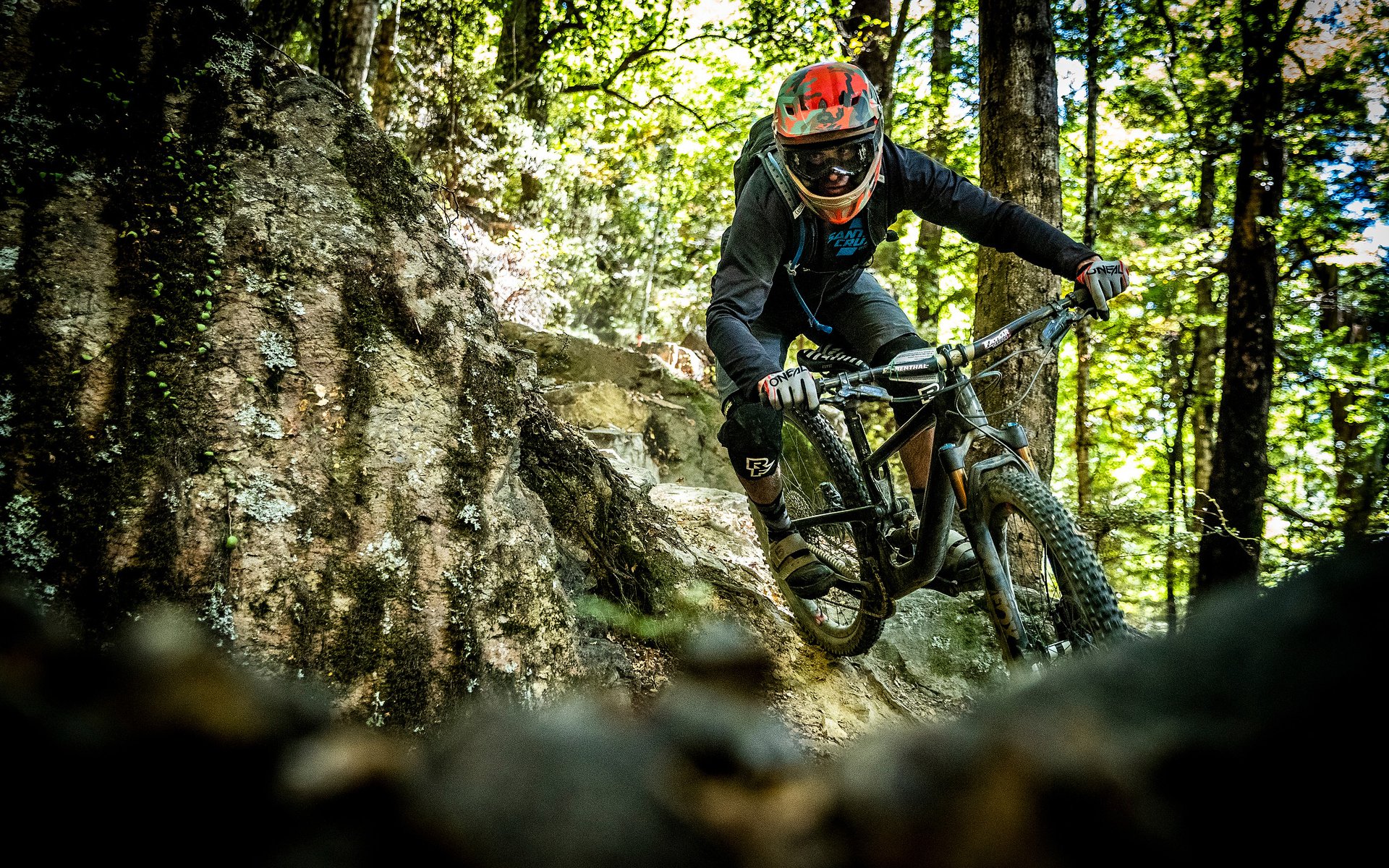
Designing the MEGATOWER
INTERVIEW - Santa Cruz Engineering Mgr. Nick Anderson talks Megatower
Engineers give you straight talk. Obviously they can't tell you everything, like what they are currently working on, but they aren't generally inclined to whitewash things either. Talking to marketing staff only gets you good news. Even those who are cynical about spin and deception tend to clam up when you ask them to speak on the record. I guess it's not surprising that the people who design and make stuff give the best information about products.
On top of that Nick Anderson's Canadian so we understand each other. Mostly that is, since he's been living stateside for many moons now. Before we left New Zealand I cornered Nick with a microphone and asked him how the Megatower came to be and why it took so long. Here's what he had to say.
(If you missed my ride impressions of the brand new Santa Cruz Megatower check that out here.)
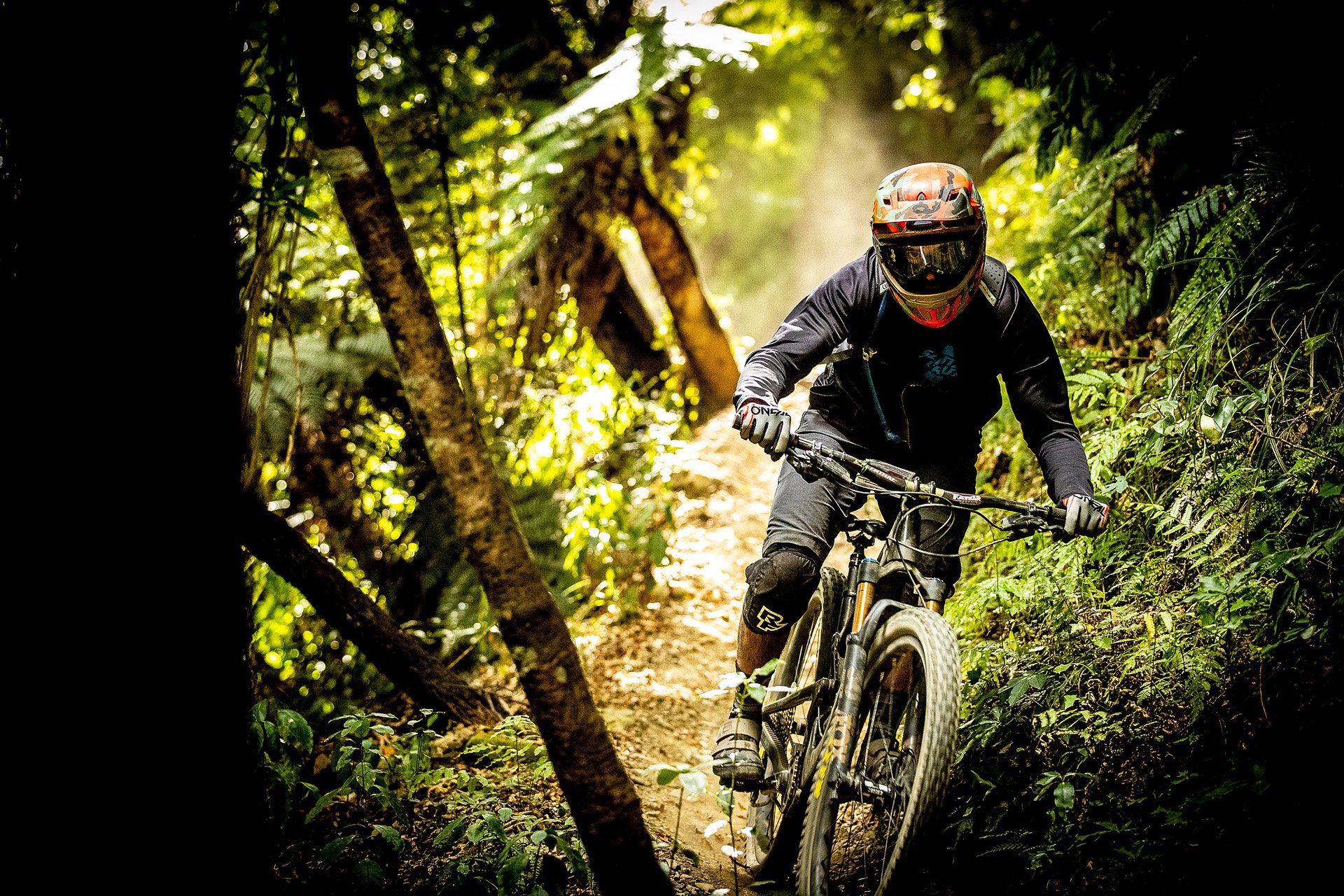
Riding with journalists in New Zealand is one of Nick's official duties. Having an engineer along helps us figure out new bikes.
Cam McRae - Can you tell the people who you are and what you do please?
I'm Nick Anderson. I'm the engineering manager at Santa Cruz and the bike we're talking about today is the Megatower and Peter Mueller -Wille was the lead engineer.
Cam McRae - Can you tell me, as the department head, what does your involvement in a particular bike look like?
Nick Anderson - Well, I think regardless of what you do, everybody needs some feedback, an outside eye. Just taking a look at what's happening to make sure that it's going in the right direction. And I think you can have a really good team of people with all kinds of experience. But I think if you get too close to it, you may not necessarily see all of the things that need watching out for. So right now more than anything else, that's the thing that I'm doing.
Cam McRae - Checks and balances.
Nick Anderson - Yup, exactly.
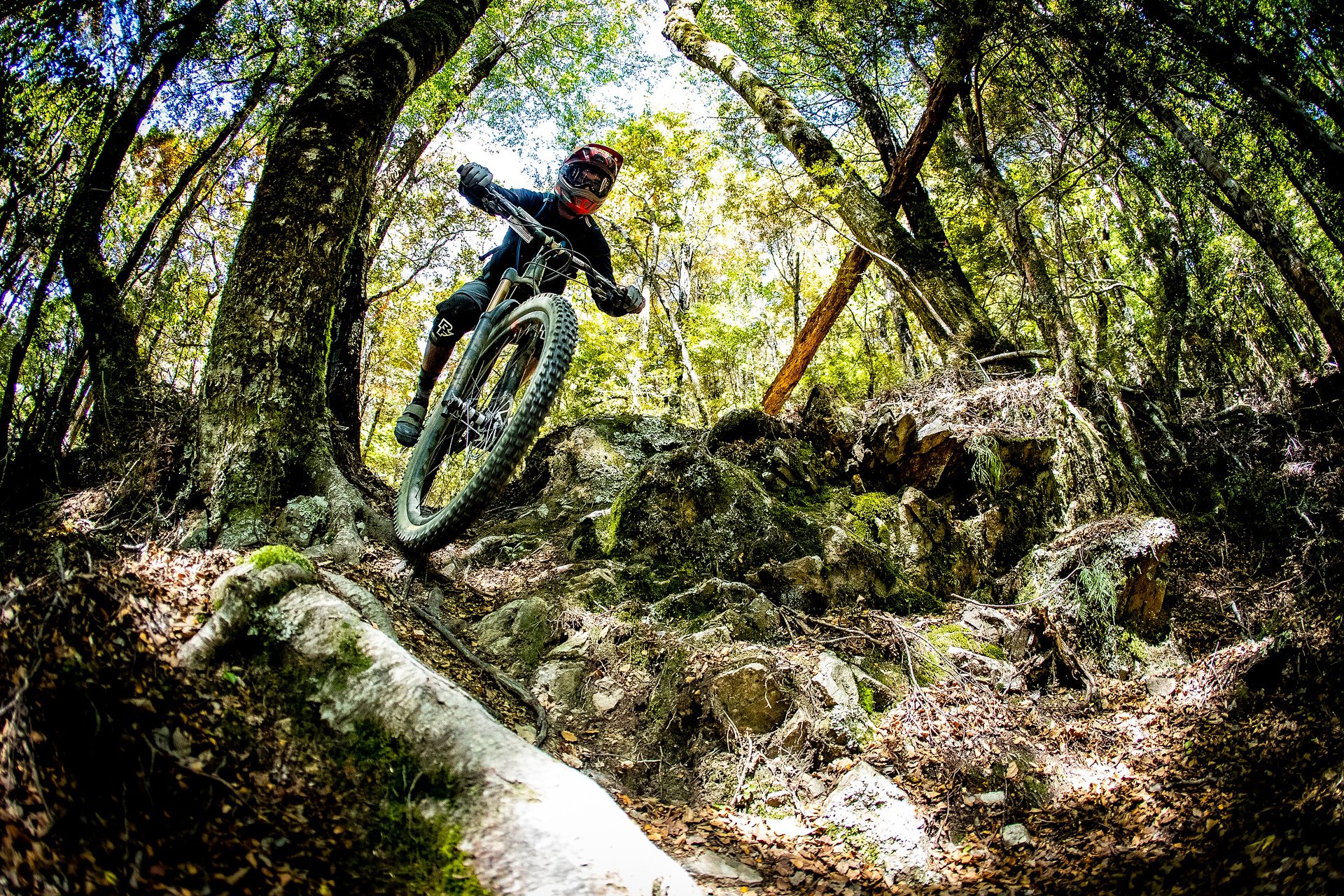
Nick riding at Wairoa Gorge.
Cam McRae - When Santa Cruz starts a project for a new bike and I realize there are ongoing projects happening all the time, do you begin with performance criteria or is there something else that comes first?
Nick Anderson - I guess the last couple of years we've done a lot of work on suspension. It's a big area of focus for us and we're in the midst of converting all of our trail bikes over to a lower link-driven shock and suspension's very, very nuanced. So I think for us, that's our starting point is thinking about all of the bikes that we have in production and the things that we like about them and the things that we don't like about them and we build off of that. And of course each new bike has different amount of travel and there's geometry that goes along with that. But I think right now for us to starting point suspension.
Cam McRae - Do you ride other people's bikes?
Nick Anderson - Yeah. Um, for sure. Right now I'm riding a Mondraker and that's pretty interesting to try. I think to some extent your own problems are your own problems so you can ride someone else's bike and there's things about it that are interesting and good, but at the same time they don't necessarily help you sort out the things that you need sorting out.
Cam McRae - So back to the design brief. What were you aiming for with the suspension of the Megatower?
Nick Anderson - Well with this bike I think in the back of our minds we wanted a capable EWS bike for the team, something to support Mark and Iago and I think there was a bit of a hole in our lineup for a long-travel 29er that was designed from the ground up with that in mind. So I think with suspension and seat tube angle and reach, there was a lot of opportunity there for us to make things better.
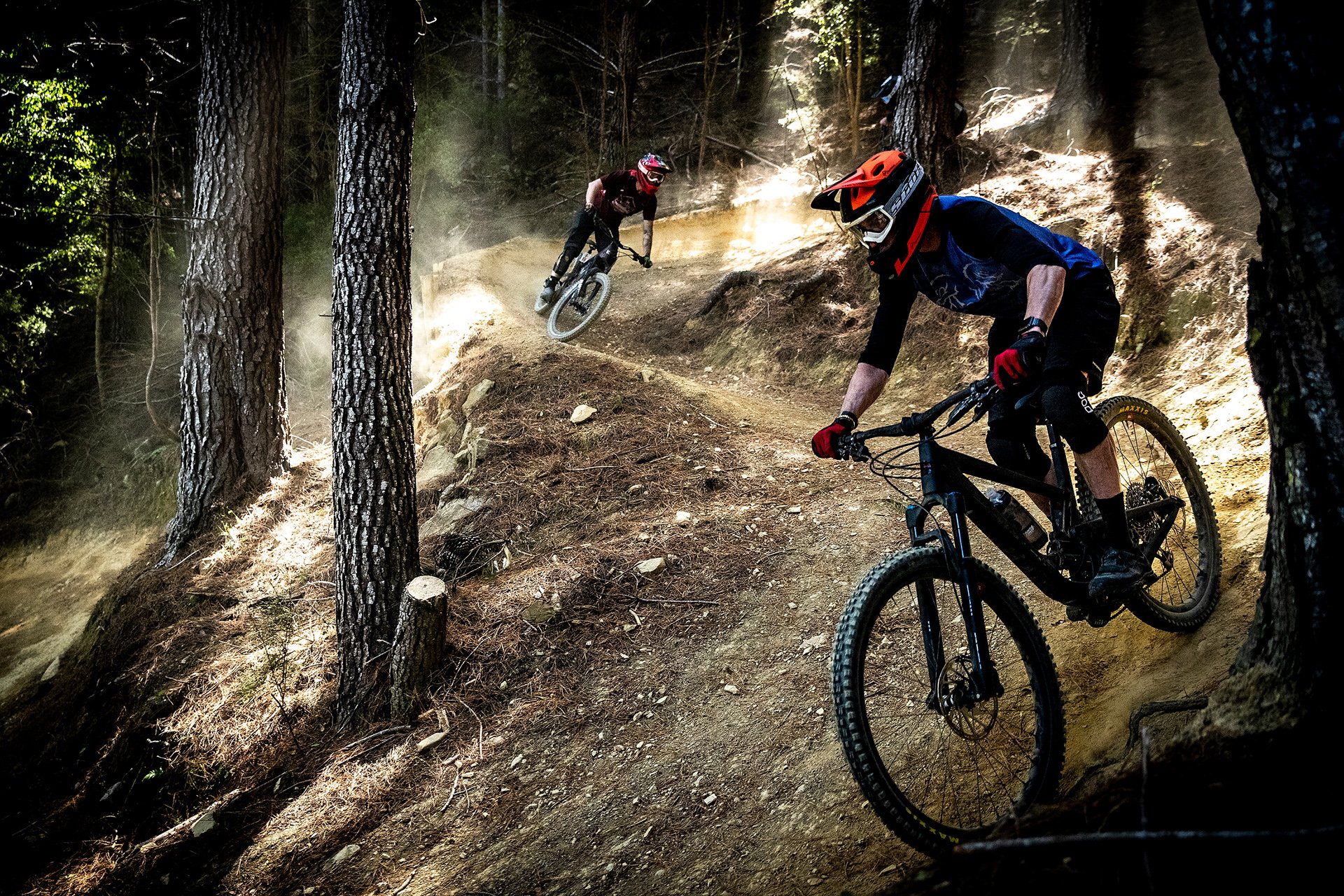
Nick following me at Wairoa Gorge.
Cam McRae - So do Mark and Iago give you specific feedback about things that they like to hit in terms of geometry? How does feedback from them work?
Nick Anderson - On this project one of the main inputs from them was the amount of travel. One of the questions that came out of this camp was why didn't we put a 170 fork on it and I think for us we were conscious of the fact that when you make a long travel 29er it can turn into kind of a beast and something that maybe is only good for straight line speed. And so we wanted something that was still fun to ride and capable.
CM - So you're looking for a balance between all out performance, particularly straight line performance and maneuverability and fun.
NA - Yeah.
CM - Did you make mules with more travel and use a longer travel fork at times?
NA - We have. I mean you can put a 170 fork on the bike and it rides fine, it's a really strong frame. And there's places like Whistler, or where you ride a lot is probably a case where you might want a 170 fork, but there's kind of no right answer with that. It's a little bit about where you're going to ride it the most and the style of the bike that you like. And I think for us, we just felt for what we wanted the bike to be... 160 was right.
CM - Can you tell me about the difference between your goals for the Bronson and the Megatower?
NA - In some ways like each bike is a progression of the last and you're always learning along the way and each project should get better. When we did the Nomad, we were focused on suspension and there was I think with the Bronson to compare the Nomad to the Bronson, there was some opportunity to tighten things up a bit and move the links around a little closer to the seat tube and make the packaging a little bit tighter. And with the Megatower we saw a bit of an opportunity to make the suspension... I mean the Bronson has a very linear rate, but with the Megatower there were some things about the mid stroke that we felt like we can improve upon.
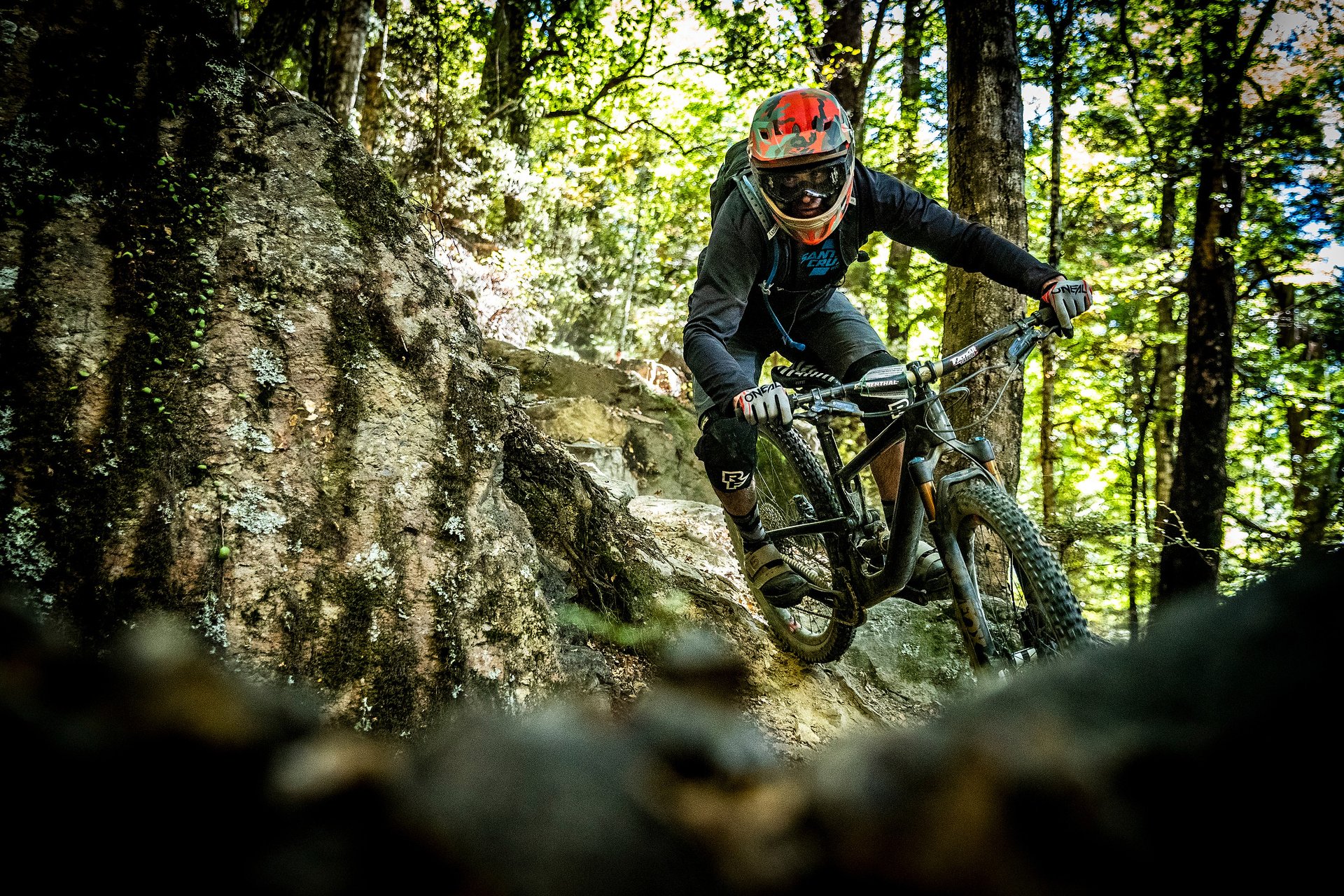
I believe this is the dark side of Wairoa - where things get nasty.
CM - If we use cars as an analogy, you certainly wouldn't build a car for Formula One racers and then have that be driven by Joe Consumer. With bikes that's essentially what happens. The most high performance vehicle that's available is what you can walk into the store and buy. Do you think that is appropriate and that works out most of the time or are there compromises on either end?
NA - I think that actually is the right approach. Where it maybe doesn't quite work is the faster you ride, generally the more damping you need in your suspension. And pros will often have a slightly different shock tune than what winds up coming on the bike. And I think the consumers misinterpret that as the pros get something super secret and special that surpasses the thing that's available to them at the store. And that's not really the case. If you buy the highest SPEC bike, the thing that you're getting performs to the same level as what the pros are getting. It's just you're not riding as fast, so you don't generally need as much damping. But I think at a certain point what you're saying is completely true. Somebody that is very inexperienced on a bike would really struggle to ride a downhill bike, but they'd also struggled a ride a downhill track. And so if you're riding at a level where you're riding terrain that's similar to what a pro con ride, then you sort of need the same bike
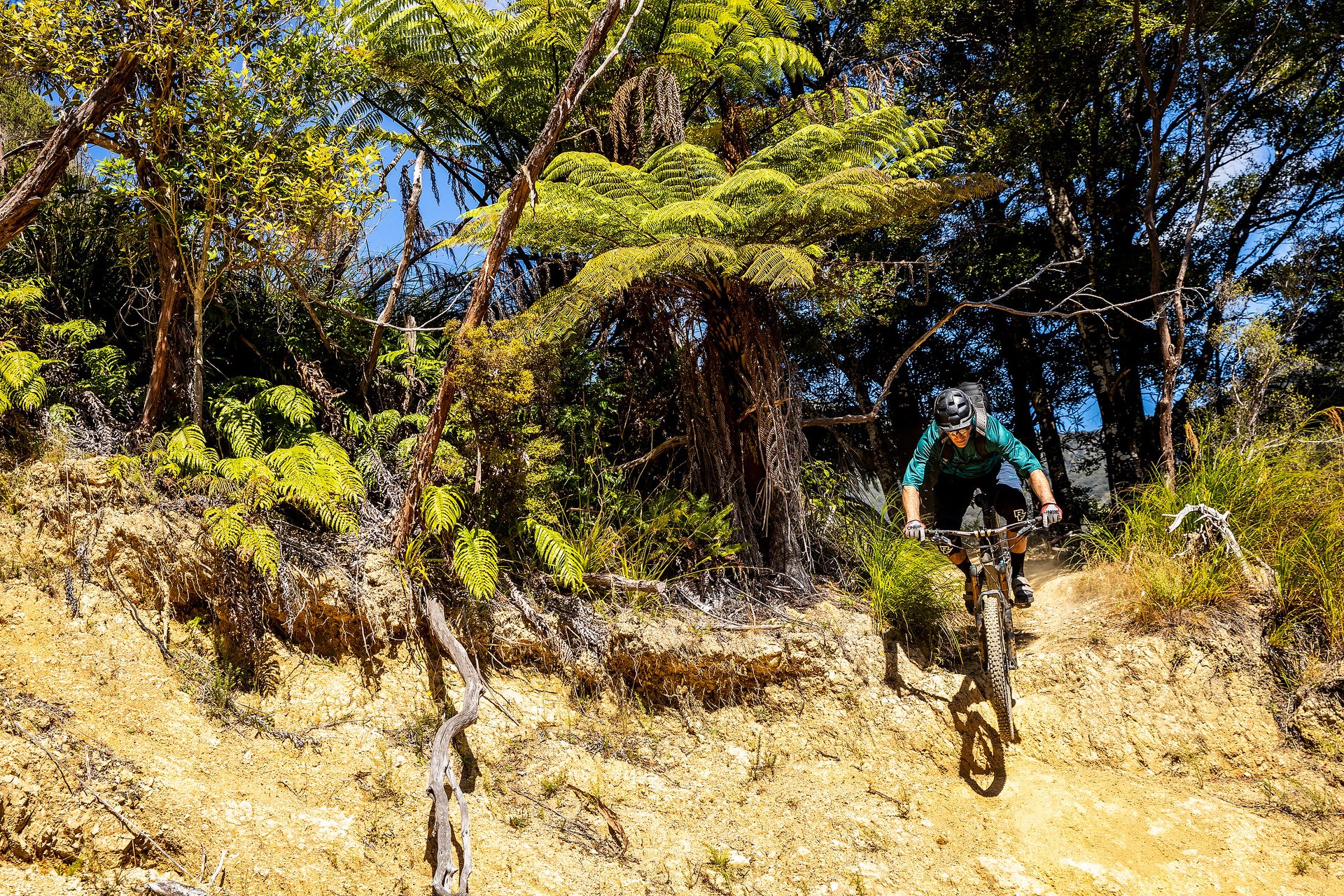
En route to Nydia Bay.
CM - With the Bronson the fork offset is standard and I remember talking to Josh about that and he said that...
NA - Well, they're all standard offset forks. It's just there's a shorter version.
CM - Yeah. Okay but there was also a time when there was only one and it's longer.
NA - Sure. Yeah. Okay.
CM - But rather than going for the shorter of the two on the Bronson, it comes with the longer offset. And Josh felt like the jury was out, at least with that project on which was better. And with the Megatower, you've gone with the 44 offset Fox. And I'm wondering if the design of the bike was made around the 44 offset fork or the bike was designed and then both forks were tested to see what performed better.
NA - With both the Bronson and the Megatower we tried the short and the long offset. And I think if you look at the trail numbers... For us the short offset felt really natural on the 29 and it made the steering a little bit slow on the 27-5, To a degree where on the 29er you try the short offset, it feels normal on the 27-5 for us it felt like you were having to make an adjustment to your riding style to get it to feel normal again. Like you're sort of relearning some of the things about the steering. For a given head angle the trail numbers between a short offset 29er fork are more similar to the long offset, 27-5 fork. So in some ways I think there's a lot of room for personal preference here. And I think in the bike industry people tend to frame things in terms of like this thing's right. This thing's wrong, you're an idiot. Everybody's different, everyone rides differently and everyone has different personal preferences. But for us it feels normal on a 29er and the longer offset feels more normal in 27-5.
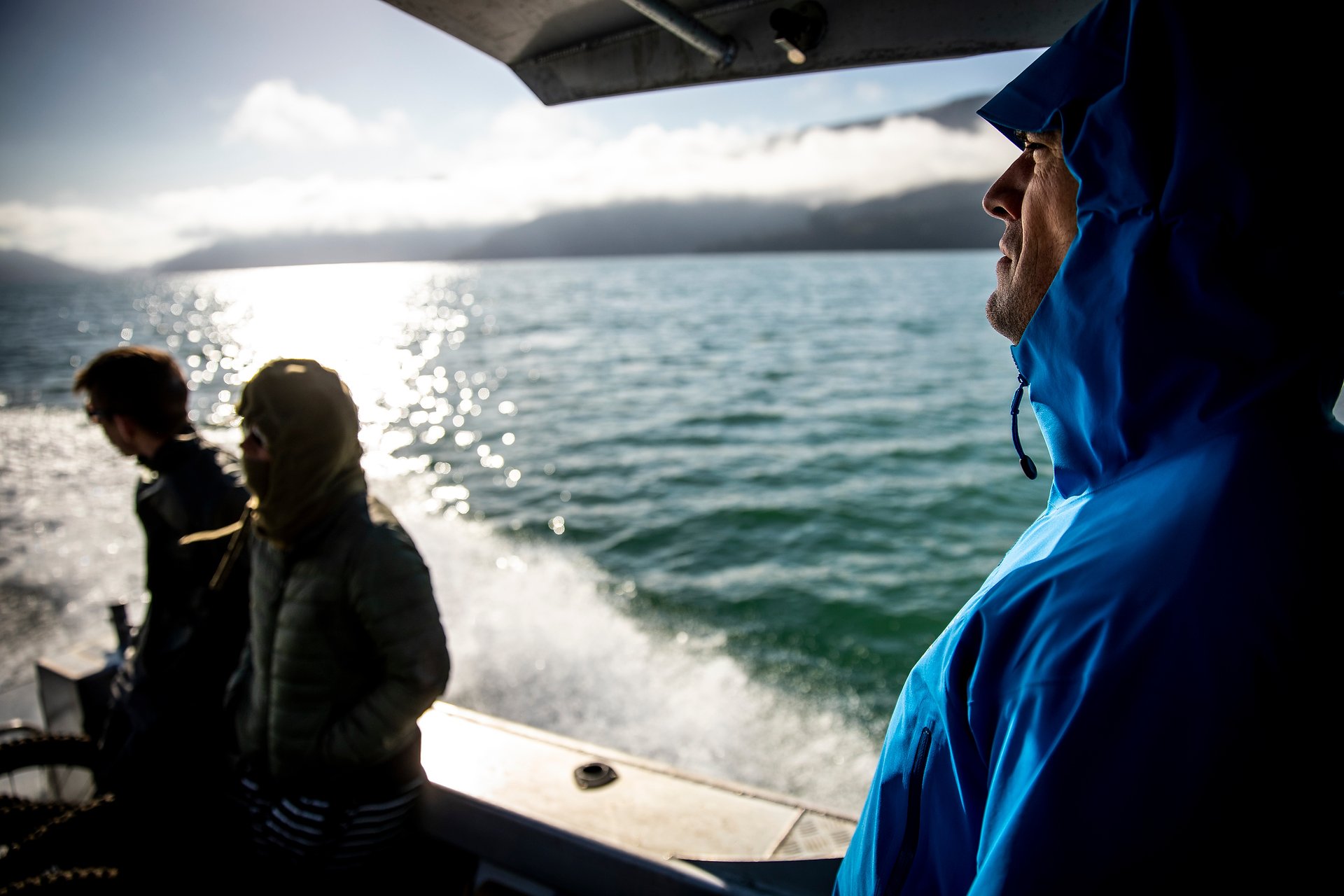
Nick thinking about fork offsets and calculating leverage curves as we leave Nydia Bay by water taxi.
CM - If rode back to back with a 51 and a 44, do you recall what you noticed?
NA - It's pretty subtle but there's a thing about the way the wheel sort of tucks into the turn that as compared with sort of flopping into the turn that just, I don't know, it's really hard to describe, but it just felt like when you turned the side knobs of the tire kind of grabbed a little bit more.
CM - Okay. What about climbing steep switchbacks?
NA - I think that's a situation where the longer offset fork is nicer. Your steering is sped up so at lower speed you might find that you're able to... With the short offset fork or a bike with a really slack head angle... Those are both doing similar things in that they affect the trail in the same way. But you may find yourself kind of overcorrecting your steering, like your front wheel is kind of wandering all over the place.
CM - On which one?
NA - On the short offset. And so on 160 millimeter 29er your primary focus is on making something that goes down hill really well. And if you think it's okay to make a trade off for switchback uphills.
CM - Gotcha. Can you tell me about the shock tune that you chose for the Super Deluxe rear shock?
NA - I think there are three shock specs on this bike. There's a medium compression medium rebound, Super Deluxe Ultimate. And then there's the select and those are in air. And then we also have coil versions. And the way the tunes work with Rockshox, with the Ultimate shock, if the compression knob is all the way open, then that's a true medium tune and if you dial it all the way in, it becomes a firm tune basically. And we felt like for a bike like this, it's an aggressive bike and the intent is that you ride aggressively. We felt like that was the right place to be. Um, but I also think that for a lighter rider, depending on how you ride, it's a very progressive bike with a reasonable amount of damping.
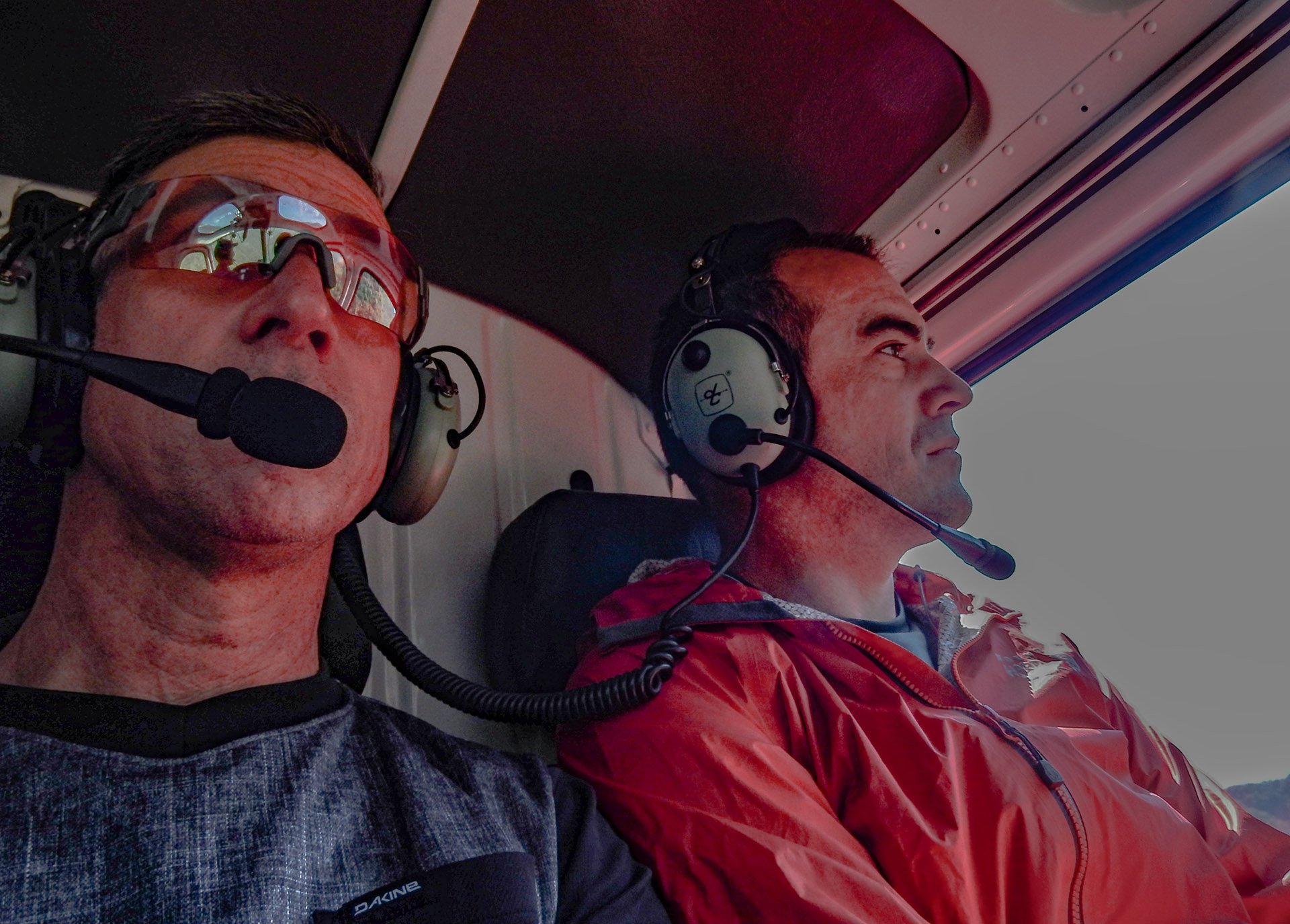
Nick (right) and I in the heli on the way to the top of the Wakamarina stage of the NZ Enduro. That's a selfie - not Svenie.
CM - So the idea is that the baseline without any damping will be suitable for most riders or they'll need a little bit more. Personally, do you prefer the coil or the air?
NA - Uh, I think they're different. The coil's really planted to the ground. And I think the air shock can be a little bit more poppy and fun. So if you were just mainly interested in going down hill as fast as possible, the coil shock is probably a better choice. You may find that the air shock's a little more fun.
CM - Do you know what Iago and Mark plan to race on?
NA - I think there, no, I don't.
CM - I don't even remember what they were riding actually. Once you got to the point where design was done and maybe even fine tuning was done, was there anything about the ride of the finished bike that surprised you?
NA - The thing that I'm most surprised at is how how well-rounded the bike is. Because of the size of the wheels and the amount of suspension, I expected to struggle a little bit more on the turns and at least for me it feels very natural.
CM - You and I are about the same size and we both prefer the XL Bronson which has 485 millimeter reach in the low position and we both prefer the Large Mega tower, which is 470 MM. Whereas the XL Megatower is 487 (in low) which is really close to the Bronson XL. Is it only wheel size that makes the feel so different? Or is there something else about the geometry of the bike?
NA - For sure wheel size is a part of it but I think the stack of the two bikes is different, so where you're measuring the reach from is at a different point and if you go up 10 millimeters in stack because of your head tube angle, you wind up going back about four millimeters. So I think if you really kind of mapped out where your handlebar position is XL Bronson compared with the Large Megatower, they would be closer than what you'd expect if you just looked at the geometry charts. I'd also say that the XL Bronson, while I prefer it to the Large Bronson, I'm also somewhat between sizes and probably the XL is a touch big for me.

Nick tipping down into Wakamarina. This was my favourite portion of trail we rode in NZ.
CM - For me as well. It must be really hard to figure out what you're going to do with sizes without knowing who your customers are going to be. How do you wrestle with that?
NA - Well you want to be in the range. You know, there are some companies that go really long and they make a big thing about that. Part of how we've addressed that is to make the seat tubes as short as possible so that most people could choose between a large or an extra large or a medium and a large like you and I can with the Bronson. And in that case the consumer can make that decision, they can fit on both. And there's room for personal preference. If you're riding a really long bike, it'll feel amazing at speed on something smooth and fast. That's the way to go. If you're riding tight technical stuff, you may struggle or something that's tight and wet with roots that are at an angle to your front wheel. A big bike is going to be hard because you can't make quick weight transfers.
CM - The leverage curve of the Megatower is more progressive than the Bronson and hence is more suited to a coil shock. How big a difference is it?
NA - It's not that big. I think the way it typically works out is that an air shock without any volume spacers at all has a pretty similar progression to a coil shock. So maybe the easiest way to explain that is with the Megatower we spec it with one token and the Bronson we spec it with three tokens, three and a half tokens? I'm not sure, but it's between two and two and a half tokens difference.
CM - The bike isn't really aimed at different riders though, is it?
NA - I think that's a really hard question. All sporting industries have product that's available in micro segments. You can look at skis they're available in all kinds of different widths with all kinds of different amounts of camber. And I think bikes are, are similar. It's not a, it's not a car. You're not a passenger. It is a thing that is really closely integrated into the size and the shape of your body and your riding style and your personal preference... And to some extent you're filling out your product in a way where everybody can get a thing that is best suited for them.
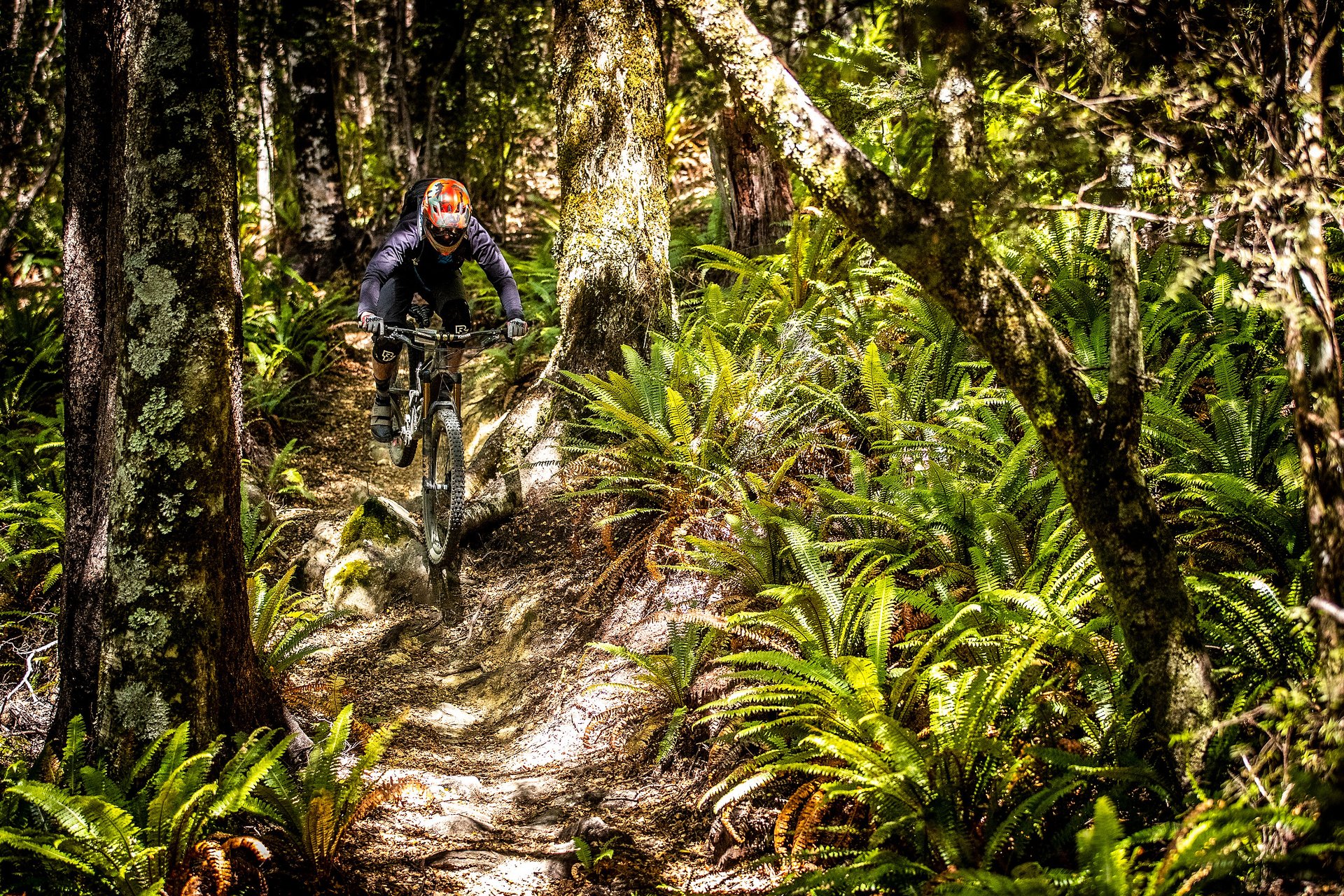
Performing for the camera.
CM - And we were talking the other day about that being part of the Santa Cruz philosophy; people can put lots of different shocks on and make lots of changes to the bike. Can you talk a little bit about how that philosophy fits in with the Megatower?
NA - I think in general, we have a very utilitarian mindset. We want our products to be reliable and versatile. We don't want to design our bikes around proprietary shocks that might not be available in five years' time. So with the Megatower, it fits air shocks, coil shocks, it fits the Fox X2 air, which has quite a big air can. You can pretty well put any shock that you want on the bike and it has a high/low chip for bottom bracket height adjustment, It's got a rear axle chip so that you can change your chainstay length, which is useful when you want more front wheel traction. Um, maybe like kind of flat loose track, something like that. We work hard to make all the chainguides fit. That's just our general approach. I think it allows the customer to have the most choice possible and we think it serves them best.
CM - How would you describe the ride, the Bronson versus the Megatower?
NA - If I was to compare the Bronson to the Megatower, it's hard. I have to sort of inject my personal opinion into that a little bit. I fit on the Megatower better, so it feels more comfortable to me. I'm a little between sizes, between the large and the extra large on the Bronson, whereas I feel really good on the large Megatower and I also prefer the 29 inch wheels. So I have a lot of fun on the Megatower. It feels very natural for me. The Bronson for me personally, I would say is a little, maybe a little more more nimble. You can perhaps respond more quickly to the terrain, but I'm a bit of a spaz so I don't know that that's a good thing. I find the Megatower kind of evens things out a bit for me in the way that the Bronson doesn't. If you're somebody that plays around a bit more and switches lines a bit more, maybe the Bronson's better suited towards you. I think that the industry as a whole is pretty polarized between 29 and 27-5 and people are solidly in one camp or the other camp. And uh, at least for me with the Megatower, 29ers feel right for me now.

It's clear the Megatower was built to take a beating, without a single build under 30lbs - with legit rubber, that is.
CM - Can you tell me about specific design challenges you had with the Megatower.
NA - Designing a 29er is always harder than designing a 27-5 bike because really your rear center or your chainstay length, it shouldn't change with your wheel size. So if you think about a bike, you've got front center, which is your bottom bracket to your front axle and rear center, which is your bottom bracket to your rear axle. And the ratio of those two things are really what defines your weight distribution on the bike. And it shouldn't change. There's no reason why having bigger wheels would suddenly mean that you want a longer chainstay. It just winds up happening sometimes because it's easier for a bike manufacturer to do it that way. So things in the back are a little bit tighter and we work hard to make big tires fit so you can put a 2.5 Shorty in the short position on the Megatower. I suppose that's the biggest design challenges. Just cramming a bigger thing in a smaller package.
CM - Did you consider going to a super boost rear axle?
NA - We didn't. We don't really like the the heel clearance issue that super boost causes. Especially for people riding flat pedals. You start looking at some of those bikes and people that ride in muddy conditions all the time, a muddy shoe can wear through a chain stay pretty quickly. And it's just like our shuttle guard. You have a bike and you're riding in the rain and you throw it on the tailgate of your truck and you do that two days in a row and your downtube has a big hole in it.
CM - That's it for me. Thanks very much for your time Nick!
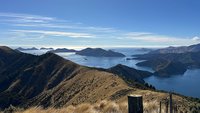

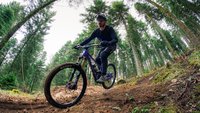

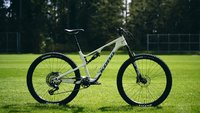
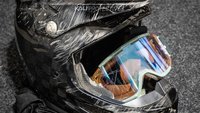
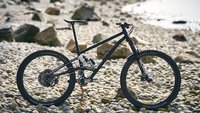
Comments
Dude@
6 years, 1 month ago
Great article Cam (and that's for fixing my account as I can finally post)!!! I appreciate the inclusion of sizing in your previous article and following it up in this article. I feel this is typically ignored other than broad statements. I understand the reason to ignore sizing as the focus is on the bike review, not its size. However these days sizing is critical, even if preference differs amongst riders.
I also find it ironic that SteveM puts effort into educating the biking community, which generate tons of responses only to ignored the following week. Spelling out the importance of front center or that reach alone is not the sole descriptor of bike fit. Recognizing the fact reach is dependent upon stack height and head angle - therefore not all reaches are comparable. Lee McCormack suggests the hypothenuse between reach and stack. Lots of good info out there - again with different supporting facts.
I gather from Nick statements above, that sizing is almost order 1 based on his preference of the MT over the Bronson, with bike travel/wheel size being second or third.
With sizing becoming so much more critical, its unclear how many of the recent group reviews (Bike Bible, Pinkbike, etc) achieve an actual review, where folks of various dimensions discuss the characteristics of bike. I am not even sure of the validity of the results. I know these reviews are not gospel, but they are helpful nudges toward getting the right bike.
Cheers!
Jamie
Reply
Tjaard Breeuwer
6 years, 1 month ago
Great interview, and wonderful to finally have someone point out the fact that reach is only meaningful if taken in conjunction with stack. I always do this. With typical Mtb head angles, the relationship is about 0.4x.
Elephant in the interview room(that I really wish you had asked him about):
Nick says:_ “if you think about a bike, you've got front center, which is your bottom bracket to your front axle and rear center, which is your bottom bracket to your rear axle. And the ratio of those two things are really what defines your weight distribution on the bike. And it shouldn't change” _
Yet, they make all their frame sizes with the same rear center, even though front center(on this bike) grows by 16% across all sizes!
If the ratio is so important (which I agree it is*), why aren’t they adjusting chainstay length across sizes?
*they think so themselves too: https://www.pinkbike.com/news/behind-the-bike-developing-the-xxl-santa-cruz-v10-2016.html
*as a tall rider, that’s actually what I think I great about this bike, the fact that I can get longer chainstays, in order to get some weight on the front.
Reply
Timer
6 years, 1 month ago
Very valid point. Which makes interpreting bike reviews even harder, because it means that the same frame can have different riding characteristics in different sizes. Just hope that the reviewer is on the same size frame as yourself.
Reply
Tjaard Breeuwer
6 years, 1 month ago
Absolutely! Most reviews are for size L, sometimes XL, rarely M.
If you ride S or XXL, you will get a completely different experience than the reviewer.
And to make matters worse, those sizes are rare at demo’s too, so getting a ride on one yourself is not easy either.
Reply
Vik Banerjee
6 years, 1 month ago
Demos are of limited use. I've demo'd bikes that I owned and loved and hated the demo bike. If I hadn't already owned the same bike I would tell you to run away from that model. Yet in reality I loved it...once it was setup correctly for me and well maintained.
I've pretty much settled on narrowing down bikes by review and then buying them with the understanding I may have to sell them after a few months if they don't pan out.
Not ideal, but I haven't come up with a better system. Thankfully out of my last ~9 bikes I had one where I ended up selling it and buying something else. So the pain has not been too bad.
Reply
Dude@
6 years, 1 month ago
I agree! Demos are waste of time and potentially money. There is so much that goes into setting up for personal preference. You can't achieve that in that in a short period of time.
There is always excitement for a new bike arrival, but then there is reality of - this is going to take some time to dial in. There are micro-muscle adjustments and muscle memory. Yes, you get to the 80% solution quickly its the remaining 20% that takes time and the most critical in determining if this bike works for you.
The newer geometry has been eye opening to me. I have always been stuck in smaller is better until recently. I got an Evil Offering. I love the longer geometry. However, I learned that I had bad riding habits that I developed on shorter geometry bikes. I realized on a short geometry, based on weight distributions, I could easily compensate with bad riding form. On the longer geometry, bad form shows its head very quickly. In practicing better form and technique, I realized that the size was a little less critical, but preferred the longer geometry. The longer geometry requires more focus, but that makes it a lot of fun because when you nail it - wow does it feel great!
Reply
cyclotoine
6 years, 1 month ago
I have to buy bikes like this as well. Rarely is my size on the showroom floor let alone at a demo. I've bought my last 6 mountain bikes without ever riding them. My last bike was not a great forward move, but it was different and I could notice and appreciate some features which I liked (like a steeper ST than the previous bike). I will still keep the bike for a season/year, but if I am really happy I'll keep the bike for at least 2, maybe 3, years.
I'd love to test bikes from Pole, geometron, Gorilla Gravity, Mondraker, Yeti, etc. but I can't. So I have to decide what aspect of my current bike I want to change and buy the new bike based on that. For example, I have always wanted steeper seat tubes. I build myself a cross bike in 2012 with a 74 degree seat tube angle which I thought was steep at the time, turns out it's not. Now that I am on a bike with close to a 76 degree effective I want to try steeper, so my next bike will have to have that.
Reply
Bogey
6 years, 1 month ago
I've found that SC is great at bringing a range of sizes on their demo tours. Last year I was easily able to demo an XL Nomad and XXL Hightower LT at two different demo days. I brought some tools to adjust the cockpit to my liking and a shockpump to adjust the suspension.
I couldn't tweak other items like rotor size (SC put 180mm rotors on an XXL HTLT!) or shock tokens but overall I was able to get a great feel for the bikes.
Reply
Vik Banerjee
6 years, 1 month ago
FYI - No article at link from main page. Tried Chrome, IE, Mac and PC.
Reply
Nouseforaname
6 years, 1 month ago
The Geometron Illuminati are obviously trying to suppress this heresy that suggests that Chris Porter is not the second coming of the Geometry Messiah.
Reply
Niels van Kampenhout
6 years, 1 month ago
Fixed
Reply
Bogey
6 years, 1 month ago
Kudos to Nick being a reasonable guy and not being pressured by Superboost. It is completely unnecessary and no matter what garbage marketing claims are made, it makes the back end wider and increases heel strike especially for those of us with big feet.
Reply
Shoreboy
6 years, 1 month ago
Same could be said for Boost spacing.
Reply
Bogey
6 years ago
But Boost is already everywhere so we’re stuck with it. SC even held back on Boost for quite a while.
Reply
Please log in to leave a comment.